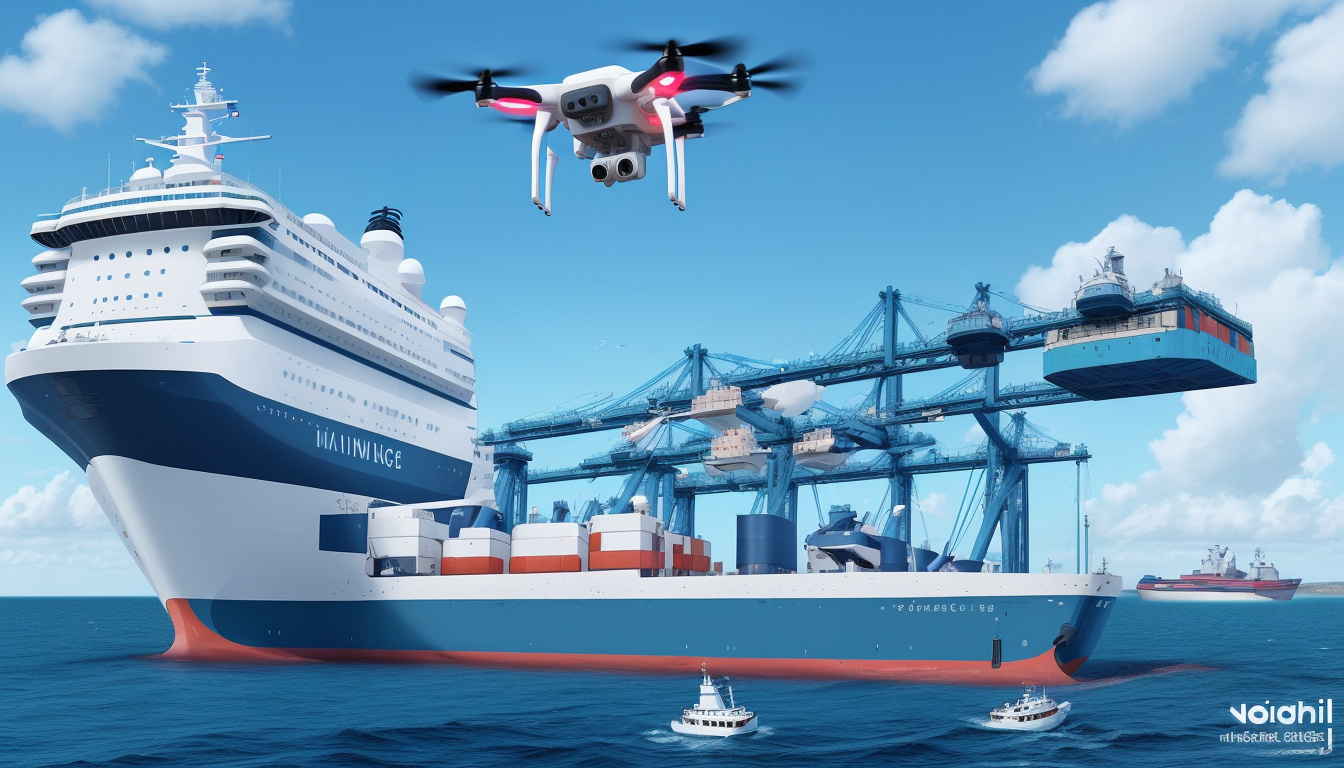Classification Societies Advance AI-Powered Ship Survey Technology for Enhanced Safety and Efficiency
In a significant technological leap for the maritime industry, classification societies are increasingly harnessing artificial intelligence (AI) combined with drone technology to revolutionize ship surveys. This advancement promises substantial safety benefits while reducing operational costs and vessel downtime, according to a recent analysis by Lloyd’s List.
AI and Drones: Transforming Ship Inspections
Traditionally, ship surveys—critical for ensuring vessel integrity and regulatory compliance—have relied heavily on physical inspections, often requiring personnel to enter confined and potentially hazardous spaces onboard ships. Such inspections pose safety risks and frequently lead to extended vessel downtime, affecting shipping schedules and costs.
Now, innovative survey tools powered by AI and the latest drone technology are changing this narrative. Drones have become considerably smaller and more maneuverable over the past decade, enabling detailed visual inspections in tight, enclosed spaces that are otherwise challenging for human inspectors to access safely.
Bureau Veritas Launches Augmented Surveyor 3D System
One of the leading classification societies, Bureau Veritas, has already begun commercial deployment of its Augmented Surveyor 3D system. This cutting-edge technology utilizes drones equipped with AI to conduct thorough surveys inside confined spaces of vessels. The system was first successfully implemented aboard a floating production storage and offloading unit (FPSO) operated by TotalEnergies earlier this year.
The Augmented Surveyor 3D employs AI algorithms to analyze high-resolution imagery captured by drones in real time, identifying structural issues, corrosion, or other anomalies without exposing surveyors to physical risk. This method not only enhances safety but accelerates survey processes and reduces the need for extensive ship downtime traditionally required for manual inspections.
DNV Predicts Wider Adoption within Two Years
Another major player in maritime classification, DNV, anticipates that the wider commercial application of AI-enabled drone surveys will become standard practice within the next two years. According to their outlook, the integration of these technologies will become essential for enhancing inspection quality, expediting survey timelines, and achieving cost efficiencies across the shipping industry.
Broad Industry Implications
The joint movement of classification societies toward AI-driven remote surveys aligns with growing industry emphasis on digitalisation, automation, and safety. By mitigating the risks associated with physical inspections of hazardous environments onboard vessels, these technologies could significantly reduce fatalities linked to enclosed space accidents—an ongoing concern in maritime operations globally.
Moreover, reduced vessel downtime translates to improved operational efficiency and economic benefits for shipowners and operators, fostering more sustainable and safer shipping practices.
Conclusion
The adoption of AI and drone technology by classification societies marks a pivotal advancement in ship surveying, promising enhanced safety, cost savings, and operational effectiveness. As Bureau Veritas and DNV lead the way, the maritime sector is on the cusp of a technological transformation that will redefine how vessel surveys are conducted in the near future.
For further details and in-depth analysis, a subscription to Lloyd’s List is required.










